Year: 2024
-
It is Okay for the Church to Defend Itself
A Public Square Magazine article has been making the rounds about the history behind the Church being caught flat-footed in responding to probably the most influential piece of anti-Mormon literature of the 2010s. Not that people in the Church ecosystem didn’t have good responses, but at the time it hit the traditional institution on whom…
-
Cutting-Edge Latter-day Saint Research, December 2024
Park, Benjamin E. “Mormonism in Antebellum America.” In The Routledge History of Religion and Politics in the United States Since 1775, pp. 175-183. Routledge, 2025. Mormonism began with a text steeped in political protest. When the Book of Mormon rolled off the press in early 1830, its first readers immediately recognized its connection to America’s…
-
CFM 1/6-1/12: Poetry for “Harken, O Ye People”
Considered the preface to the D&C, the first section, subject of the second Come Follow Me lesson, argues for the importance of revelation in the restoration, and for recognizing that the Lord reveals his word through “the weak and simple.” Just like with the restoration itself, the call for our attention to revelation is a…
-
OT Historicity 3: Elephantine
Okay I want to get to my bigger point about how I think Greek stuff is good, and how they developed very good stuff in line with Mormonism. But first I want to do a few more posts on OT historicity because I think it’s interesting. One of the biggest issues related when the Pentateuch…
-

Science is Approaching the Soul
A little while ago OpenAI announced o3, a new (and extremely expensive) LLM. There’s a lot to say about its new capacities in a variety of domains, but the one relevant here is its performance on the ARC Challenge, a measure of general intelligence. Without boring you about the technical details, previous LLMs have done…
-
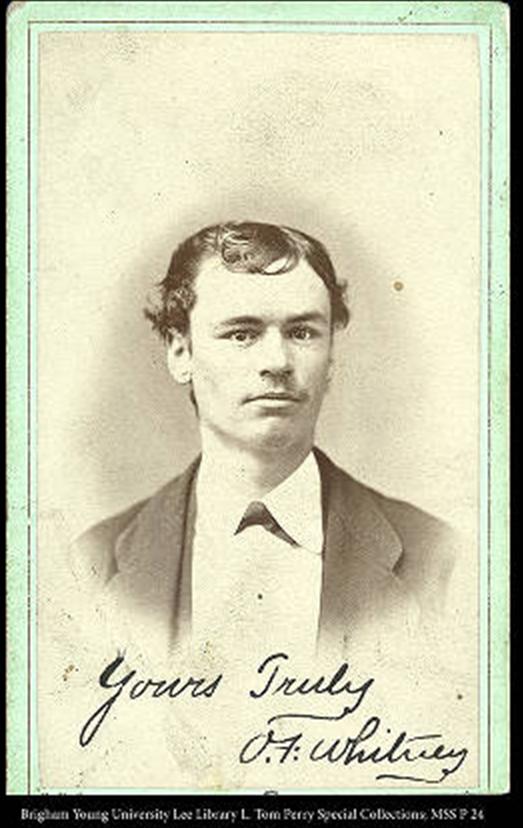
CFM 12/30-1/5: Poetry for “The Restoration of the Fulness of the Gospel of Jesus Christ”
Culture is important. Cultural items not only enhance what we say and teach, making the ideas more memorable and meaningful, they also add additional information, and engage our brains on a level that enhances our learning. As a student of literature as well as the gospel, I’ve long been convinced that our modern culture has…
-
Old Testament Historicity 2: Differences with the Pentateuch
So as I went over my notes on the two books I wanted to discuss, I noticed that it would be good refer to a trend they both mention: that the books after the Pentateuch in the OT, especially the history books, don’t seem to know about the Pentateuch. My apologies if this is well…
-
It’s not about the Christmas trees
For the last several weeks, Syria has been a rare and unlikely bright spot in a grim world.
-
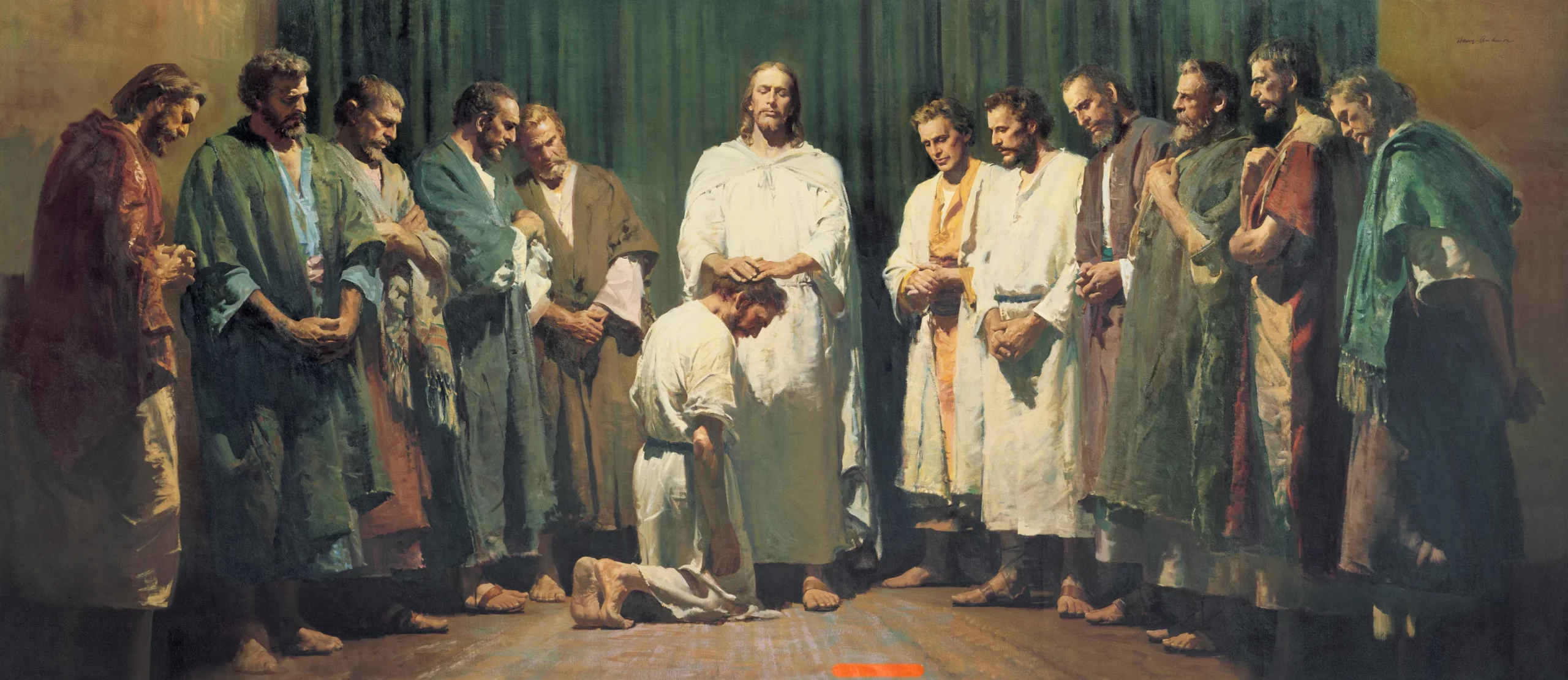
Early Christians, Female Ordination, “The Same Organization That Existed in the Primitive Church,” and Current Offices
The 6th Article of Faith can be interpreted along a continuum. On one extreme you might have a super strict interpretation that holds that Jesus had deacons, teachers, priests, and elders quorums, the whole bit, and on the other side, which I’m more partial to, is that Article of Faith 6 is true in a…
-
Chad Nielsen’s Favorite Reads, 2024 edition
As I did last year, in case it’s of use to anyone, I’ve prepared a list of my top 10 books that I’ve read this last year. (That can include books that were not published within the last year, though the majority of them were published in 2023 or 2024). Also, since I published 25…
-
Matthew Bowman on Joseph Fielding Smith
Joseph Fielding Smith was one of the movers and shapers of The Church of Jesus Christ of Latter-day Saints throughout the twentieth century. Although lacking in professional training in theology or history, his impact in those areas can still be felt today in the Church. In a recent interview at the Latter-day Saint history blog…
-
Old Testament Historicity, Introduction
So, yes, I did want to repost this one as well, but frame it a little differently than how I had originally. This continues a series where I argue that Joseph Smith’s perennialism, I think, allows for greater flexibility to deal with biblical scholarship that seems to be increasingly calling lots of the OT historicity…
-
“I Shall Speak unto All Nations, and They Shall Write It”
Forgive me for reposting this, but I wanted to have this up on the blog so that I could refer to it in future posts. So here I’m continuing my posts arguing that Joseph Smith was onto something in embracing the ancient theology, or larger truth in addition to the Bible. While the Bible in…
-
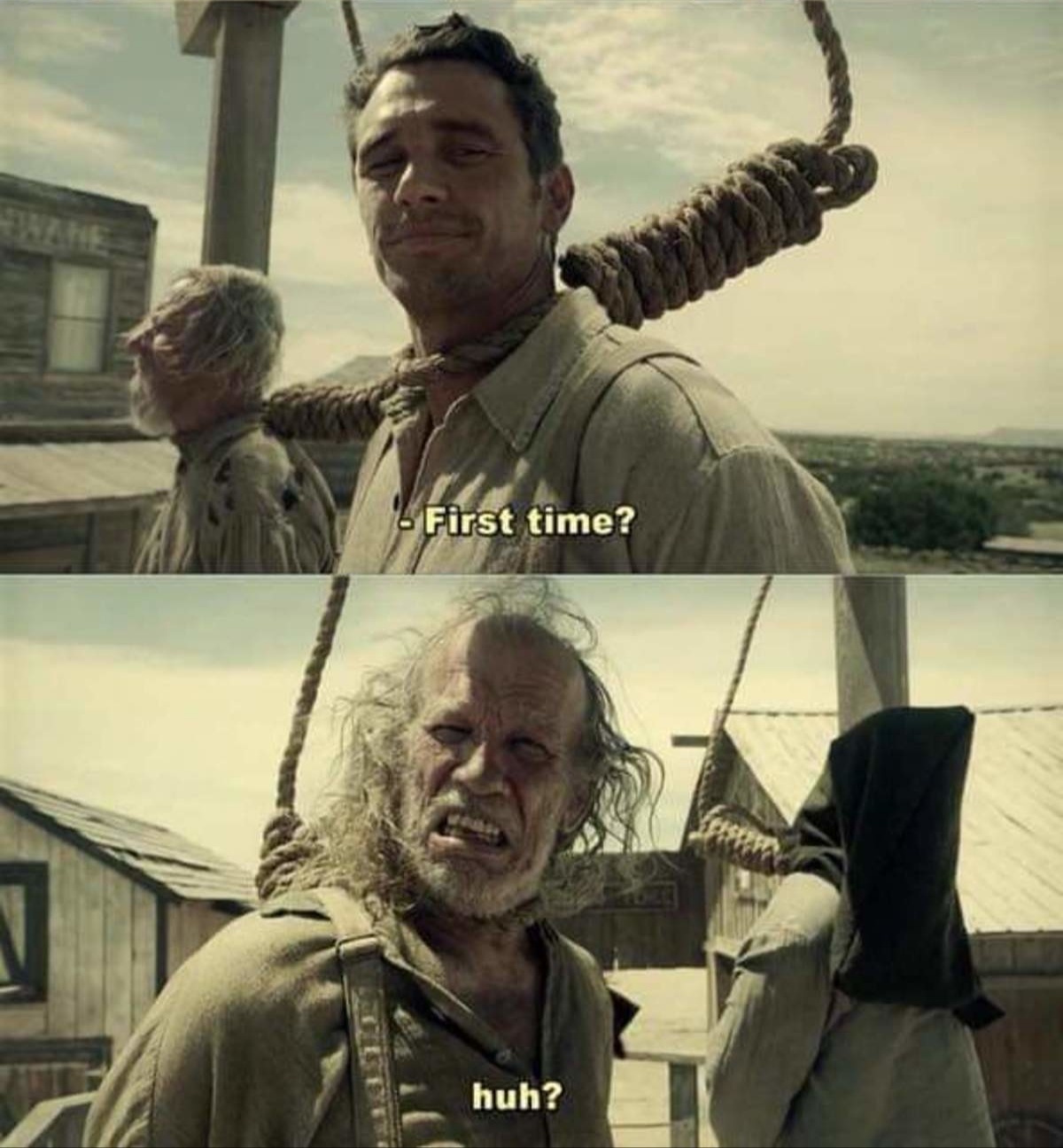
Loud Laughter, Reality, and Gallows Humor
One of the more curious aspects of the temple ceremony was the charge to avoid “loud laughter.” [Note, I originally spoke in the present tense, but evidently it has been removed–with all the recent changes I somehow missed that]. It’s like only eating meat during the winter, one of those things that was indisputably, canonically…
-
Crashed website, lost content
A brief PSA: the blog was having problems so we reset it and lost some content, so apologies to everybody who spent the time to comment only to have it be lost in the memory hole.
-

Jesus Christ as a Literary Subject
The Ascension Lately I’ve dipped into literary depictions of the Savior’s life. Unsurprisingly given the subject matter, historically responses to literary depictions of the Savior have been quite polarizing, and sometimes controversial. For example, evidently The Man Born to Be King, an early, relatively milquetoast (by today’s standards) radio depiction of the Savior’s life, was…
-
Resources for Come, Follow Me, 2025
Four years ago, I brought up resources to assist in study of the Doctrine and Covenants. There were some significant books that were mentioned, but not as many as I had assumed there would be. That launched me on a path that has led to my book, Fragments of Revelation: Exploring the Book of Doctrine…
-
Why Plato? Part 2
I put up part one a while back (sorry, many life distractions in the meantime) and am finally getting up part 2. The bigger purpose of these posts is to share some thoughts on a bigger point about rethinking the grand narrative of biblical metahistory that we’ve constructed of Mormonism. Mormons tend to argue for…
-

In Defense of Gender Segregation of Certain Callings
So I asked Chat-GPT to show two middle aged people…and this is what a middle-aged woman looks like apparently, but at least it shows the correct number of fingers. In the Church we segregate certain callings by sex. In addition to the obvious Relief Society/priesthood quorum distinctions, primary presidencies are female, while clerks and leadership…
-
Weekly Observance of the Sacrament
The Sacrament of the Lord’s Supper is one the most common ritual and use of set ritual prayers in The Church of Jesus Christ of Latter-day Saints. Weekly observance is a high frequency compared to many Christian denominations’ observance of similar rites and begs to question of why we observe it so frequently. David F.…
-
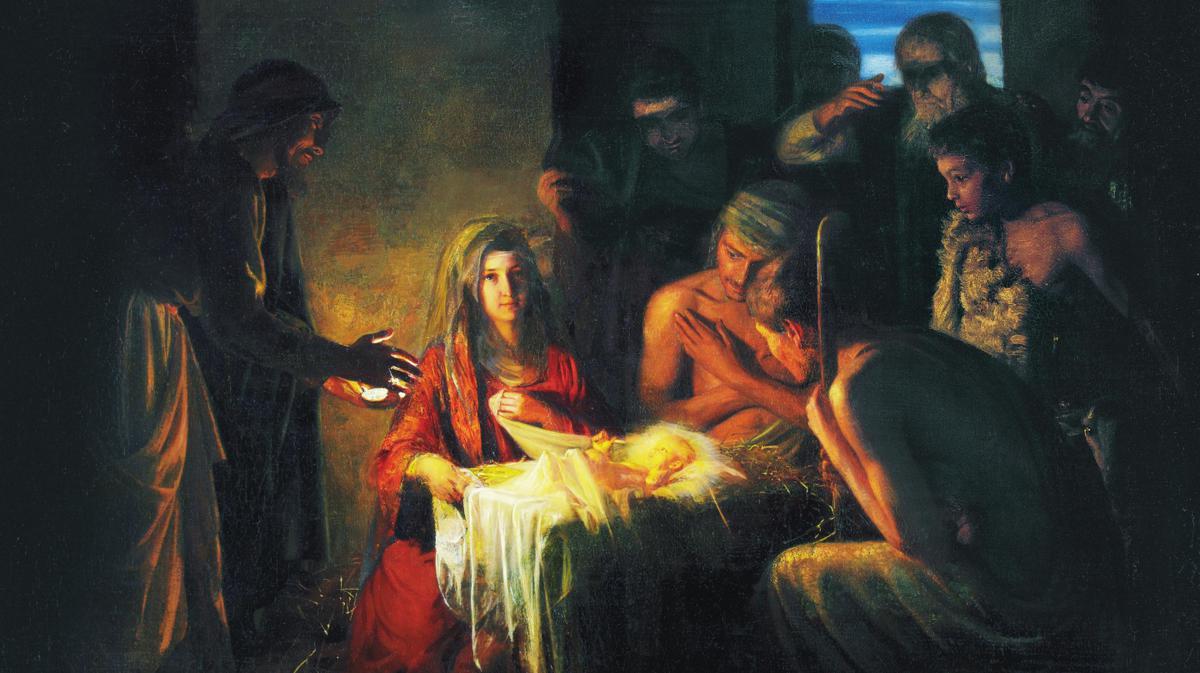
A Sample Christmas Program
As a musician in the Church, I’ve organized several Christmas programs for sacrament meetings over the years. The format that I’ve come to prefer is to have two narrators, one sharing Christmas and Advent themed thoughts, then another reading related scriptures to tell the story of Christmas. After each narrator shares a thought, a music…
-
Cutting-Edge Latter-day Saint Research, November 2024
Hinderaker, Amorette. ““It was Nothing That was Super Subversive”: Resistance as a Narrative Process in Dialectical Identity Spaces Among Mothers of LGBTQ+ Children in the Church of Jesus Christ of Latter-day Saints.” Communication Studies (2024): 1-22.
-
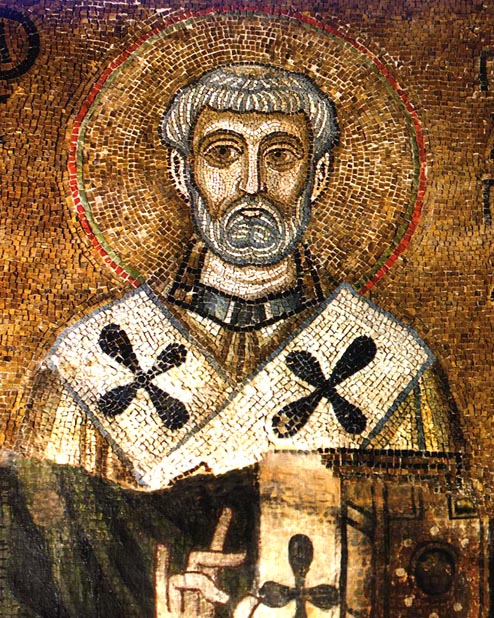
The Restored Gospel, the Great Apostasy, and St. Clement
I finally got around to reading the Epistle of 1st Clement. Written by Clement of Rome (or, as bishop of Rome, Pope Clement I if you’re Catholic), 1st Clement represents one of the earliest if not the earliest authentic Christian document after the apostles. There has been a lot of back-and-forth about the nature of…
-
Monogamy is the Rule, Part 2: Celestial Marriage and Plural Marriage
The process of coming to understand how sealing created kinship networks was complicated, however, and became intertwined with the development of plural marriage in The Church of Jesus Christ of Latter-day Saints. Because of this, it is sometimes difficult to disentangle sealings (and their promised blessings) from plural marriage, even though monogamous marriages are the…
-
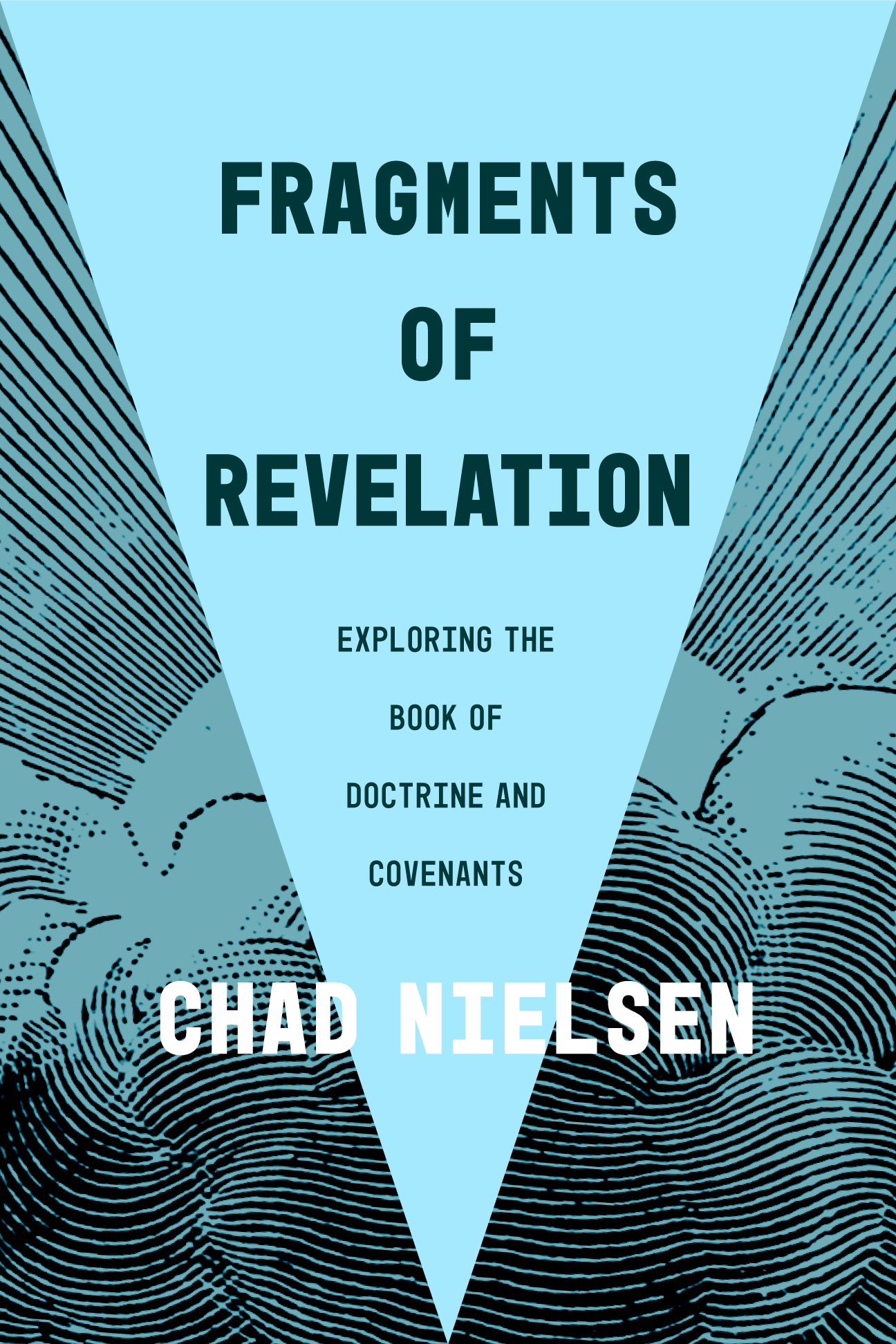
Book Update – Fragments of Revelation
Back in February, I announced that I have a book about the Doctrine and Covenants that is scheduled to be published by By Common Consent Press this December. After a lot of hard work by a lot of different people, I am happy to say that is still the case! Fragments of Revelation: Exploring the Book of Doctrine…
-
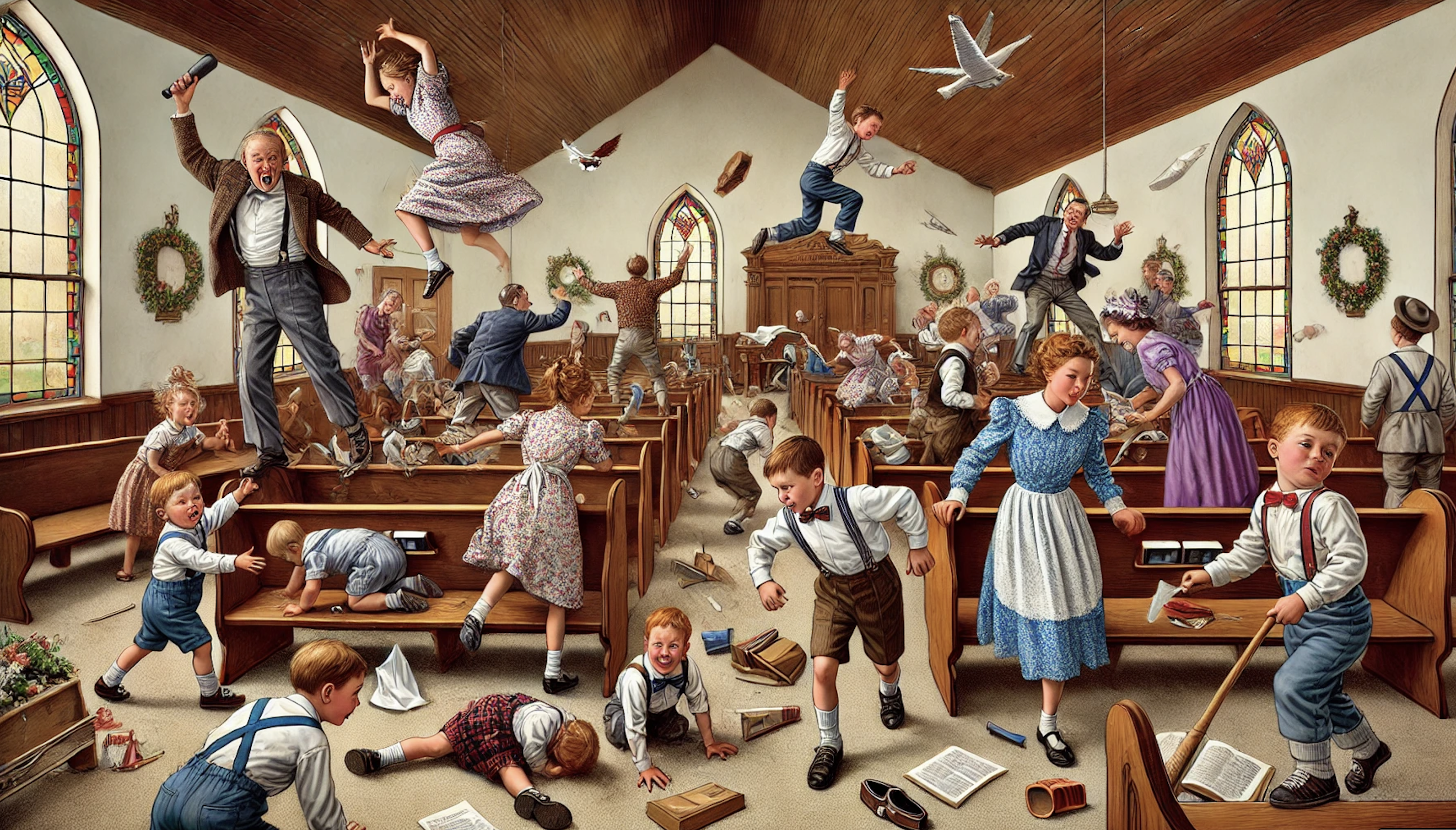
Rowdy Children, Judgment, and the Foyer
I try to avoid having too many “pet peeve” posts that focus on the negative, but it’s been a while so I think I can turn in a chip. Also, this post is not meant as an indictment of any current or past wards in particular, but is a more generalizable gripe. Matter of fact,…
-

The Cinematic Sexualization and Romanticization of Missionaries
Joseph Gordon-Levitt in one of the bajillion media depictions of gay missionaries No, I have not seen the movie Heretic yet. Based on what I have read, however, [spoiler alert] apparently it begins with a sexually explicit discussion between sister missionaries, and there are possibly sexual overtones near the end when one of the sister…
-
The war hymns bring me solace and comfort
Periodically someone or another will issue a call to remove hymns with militaristic themes or martial music from the hymnbook, or at least rewrite them to make them overtly pacifistic. The sentiment is noble and understandable, but mistaken. The new hymnbook may reduce the number of martial hymns or soften their edges, but I hope…
-
Monogamy is the Rule, Part 1: Revelation Adapted to the Circumstances
“Someday my prince will come, / in the Millennium, / and he will say to me, / ‘Will you be number three? / I will be true to you, / and you, and you, and you…’”

